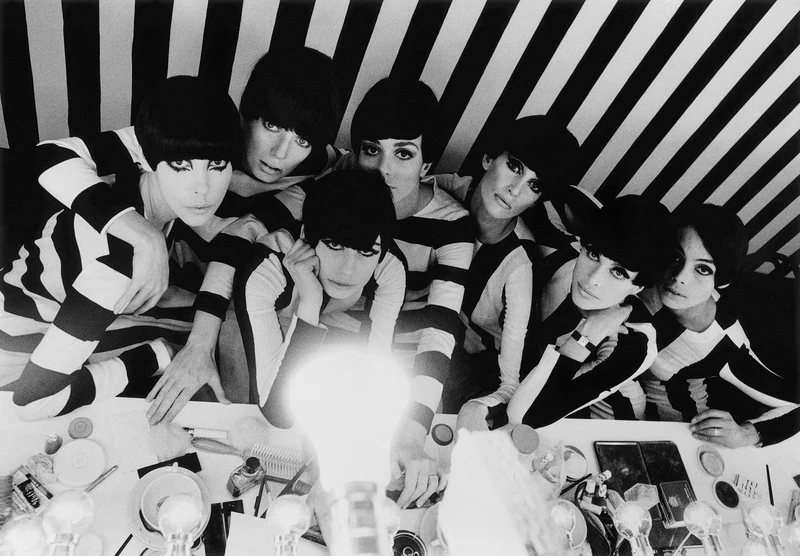William Klein


b. 1928, United States
d. 2022
William Klein’s celebrated career encompasses street photography, fashion photography, abstract photography, filmmaking, and painting. Often using wide-angle and telephoto shots, Klein’s social documentary photography spans across the streets of New York, London, Paris, Tokyo, Moscow, and Rome. His 1956 book Life is Good and Good For You in New York: Trance Witness Reveals(1956) illustrates some of his best-known street images and is acclaimed as one of the most important photo books of all time. Klein is lauded for his revolutionary approach to fashion photography, taking models out of the studio and onto the streets. His fashion works appeared in Vogue magazine for over a decade beginning in 1954 until he turned to filmmaking in the mid-1960s. He returned to still photography in the 1980s, continuing his pioneering and inexorable approach that persisted throughout his early photography and later filmmaking career.
Klein discovered photography by chance. The New York-born artist relocated to Paris in 1948 as part of the post-war GI Bill. He spent a brief period training in painting at the Sorbonne and at Fernand Léger’s Paris studio. His figurative paintings and abstract Mural Projects were exhibited in Milan in 1952. Architect Angelo Mangiarotti saw Klein’s paintings in Milan and commissioned a series of turning panel pieces. In documenting these pieces, Klein became interested in photography. Captured as they were revolving, a new energy was introduced into the geometric abstractions. Alexander Liberman from American Vogue saw these dynamic photographs and contracted William Klein to join Vogue. Klein’s first film Broadway by Light (1958) is an experimental study of the dizzying colours, lights, and shadows that characterise the famous New York street. Other momentous films that he directed include Who Are You, Polly Maggoo? (1966), a feature-length satire on the fashion world; Muhammed Ali, The Greatest (1969), an account of key moments in the boxer’s journey to becoming a politicised cultural icon; Mr. Freedom (1969), a political satire on American imperialism; and his final film Messiah (1999), an exploration of Handel’s oratorio featuring international choirs from diverse and contrasting backgrounds.
In 1963 at Photokina, Cologne, Klein was named one of the 30 most important photographers of the century. In 1989 he was made a Commander of Arts and Letters in France. Subsequently in 1990 he won the prestigious Hasselblad Award and in 1999 he was awarded the Medal of the Century by the Royal Photographic Society in London. In 2007 he received the International Center of Photography Infinity Award for Lifetime Achievement, and in April 2012 he was awarded the Outstanding Contribution to Photography Award at the Sony World Photography Awards. Klein’s works are in the permanent collections of the Metropolitan Museum of Art, New York; the Museum of Modern Art, New York; the Whitney Museum of American Art, New York; the J. Paul Getty Museum, Los Angeles; the Centre Pompidou, Paris; and the National Portrait Gallery, London, among others.